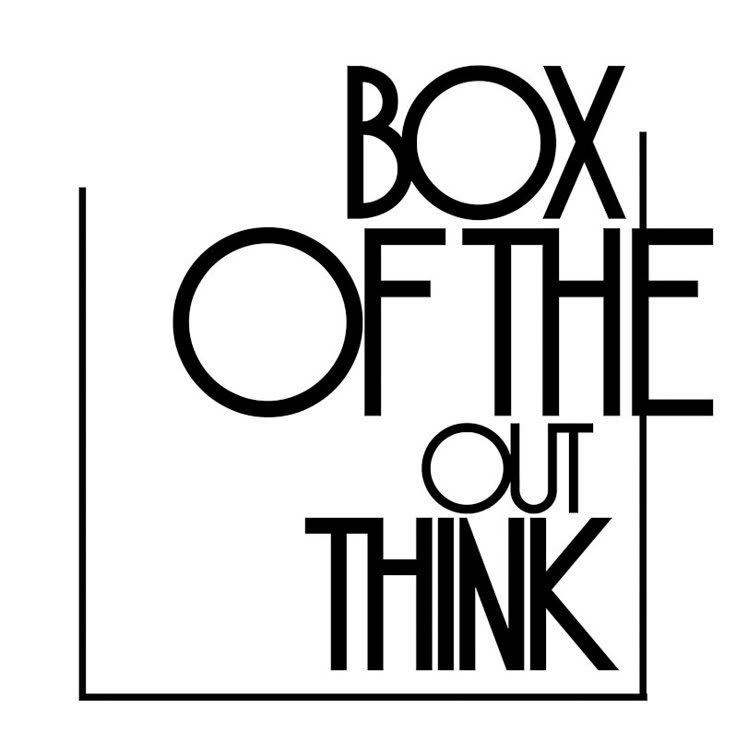Think Out of the Box: The Art of Problem-Solving

With the fast changing events in the society and growth of the already existing problems, traditional techniques in solving these problems cannot hold the challenges in the current society. Regardless of the business and technological field, as well as individual concerns, problem-solving is now inevitable. This is the place and time where we must ‘think outside the box’ as this simply means people and firms should break the traditional framework and challenges with new frameworks.
What Does It Mean by Thinking Outside the Box?
Therefore, thinking out of the box is simply a strategy of working beyond conventional standards. It is a process of solving problems in a creative and innovative manner. Unlike traditional mentality, which focuses on standard solutions, out-of-box thinking presents variety, question, and readiness to reshape something.
This thinking pattern frees one from the confines of one’s mind, thus challenging one into come up with out of the box solutions. Industry leading innovators and entrepreneurs have shown time and time again that innovative thinking can and will help lead them and their organizations through the hurdles of business and towards long term prosperity.
Why Traditional Problem Solving Will Not Work
Traditional problem-solving often follows a linear approach: recognize a problem, use proper strategy, and wait for the outcome. Though it is suited well fro repetitive and simple problems, it does not really fit well to current complex and ever-changing problems. In today’s world many problems could not be solved just through creativity alone, and more importantly the first solution cannot be the only solution, quick thinking and the willingness to implement new ideas have to come into play.
For instance, in business, the practice of maintaining the traditional approach to practise may slow development and cost opportunities. Organisations that do not embrace change are soon left behind by competitor organisations who are open to emerging changes.
Strategies on How to Demonstrate Creativity
Challenge Assumptions
As with every problem, there are always assumptions and these are the very limitations that inhibit the creation of new solutions. To do this, the author invites the reader to question these assumptions and thus challenge the status quo existence. You then might ask yourself, “If the assumption wasn’t true would people see it in the same way?” or “What if we look at this in a different manner?”
Use Lateral Thinking
Otherwise known as conjoint thinking, this thinking style was made famous by Edward de Bono who defined it as the ability to look at problems from different angles. Do not trace a linear line from problem solving and try to look at different ways to reach different solutions. This approach promotes creativity since propagation removes attention from set trajectories of thinking.
Brainstorm Without Limits
Reward the search for ideas or concepts by making all possible ideas appropriate in its process. Make the participants relaxed with the knowledge that no one will ridicule or judge them for a particular contribution they made. Funny enough, those that are calling for the biggest changes tend to encourage the best solutions. From there you are able to presume and assess the viability of these ideas.
Change Your Perspective
Shifting from a comfort zone allows the mind to open up; mentally travel away or use your legs for the purpose! Visit new places, make new friends or immerse yourself in new environments. Sometimes you get a flash from a completely different realm of your life and suddenly you are able to solve problems in completely new ways.
Treatment of Failure as being Functional
Organisational culture is a strong reason why innovation does not occur because people are too afraid of making mistakes. By disregarding failure as something never encouraged or welcome in the process of idea-progression, you allow yourself for risk-taking. Every missed shot brings a lesson that may help you reach the proper direction towards the correct answer. That is why so many inventions and businesses were created after the failures as many inventors and businessmen did not quit while they were enduring their brilliant ideas.
Out of the Box Real Life Solutions
Airbnb
Airbnb’s founders had a major issue: they could hardly pay rent. Rather than searching for utterly perceivable answers such as getting part-time employment, the family converted their living room into an open-door, feeble bed and breakfast. Today it operates as a multibillion startup that challenged the global hospitality market.
Post-it Notes
Actually, the Post-it Notes themselves were created from an experiment that was meant to develop a particularly strong adhesive, but instead made an easily removed adhesive. This tape was unthinkably created as an unintentional invention by a scientist of 3M named Spencer Silver, who was working to create a super strong adhesive but had to invent a low-tac formula instead. Initially they did not see any benefit of the product, but Silver persisted, and today it is impossible to imagine an office without it.
Optimization of Creative Innovation in The Context of Solving Problems
No matter if you have to overcome a business issue, create a new product or plan a personal improvement, creativity is vital. To apply this in your work or life:
- For the selected challenge, describe how the traditional wisdom of dealing with the issue has been approached.
- Be healthy enough to make questioning of conclusions and assumptions possible and at the same time, let creativity thrive because of the freedom to take chances.
- Work with interrelated teams and obtain feedback from people of different age, color, sex, nationality, etc to increase the variety of the suggestions.
- Never give up and to be mindful that a failure holds a process to success more than a stumbling block.
Conclusion
Creative thinking is not lavish in this generation but a necessity. With growth rates advancing at the speed that they are, only individuals who are able to change, come up with new ideas, and to question practices that are accepted as gospel will succeed. Through turning your thinking cap on and being more curious, persistent and creative you stand to be in a better position for solving more problems, creating new ideas and beating the system.
Therefore when you find yourself with a problem the next time, do not rush to look for the easiest way to solve it. Step back, change your angle and then start looking at it from a different angle from the box. The results may surprise you.

